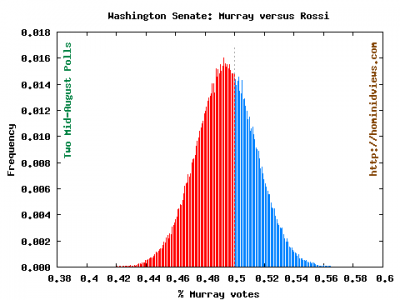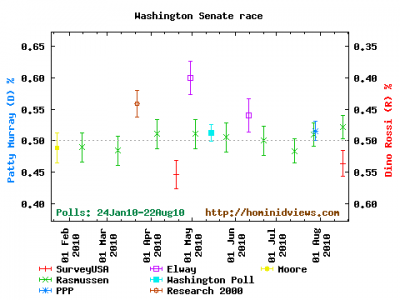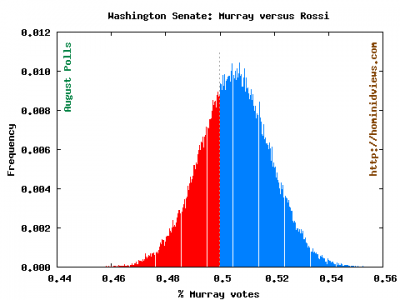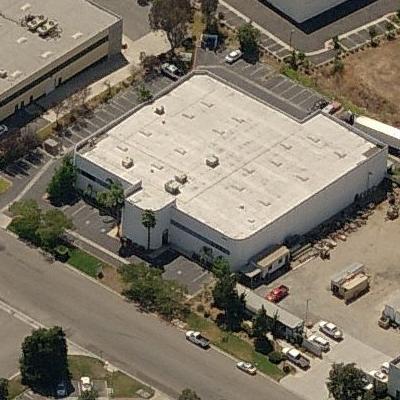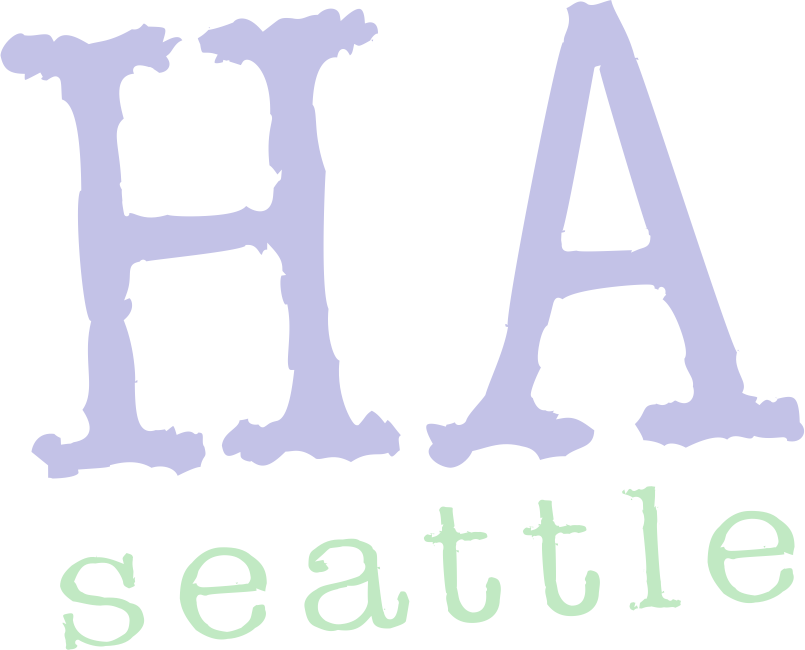It is a primary election night in five states (Alaska, Arizona, Florida, Oklahoma and Vermont), so come and cheer for your favorite teabagger and spend an evening of electoral politics under the influence at the Seattle chapter of Drinking Liberally. We meet at the Montlake Ale House, 2307 24th Avenue E. beginning at about 8:00 pm. Some folks will be there early for dinner.
Not in Seattle? There is a good chance you live near one of the 272 other chapters of Drinking Liberally.
